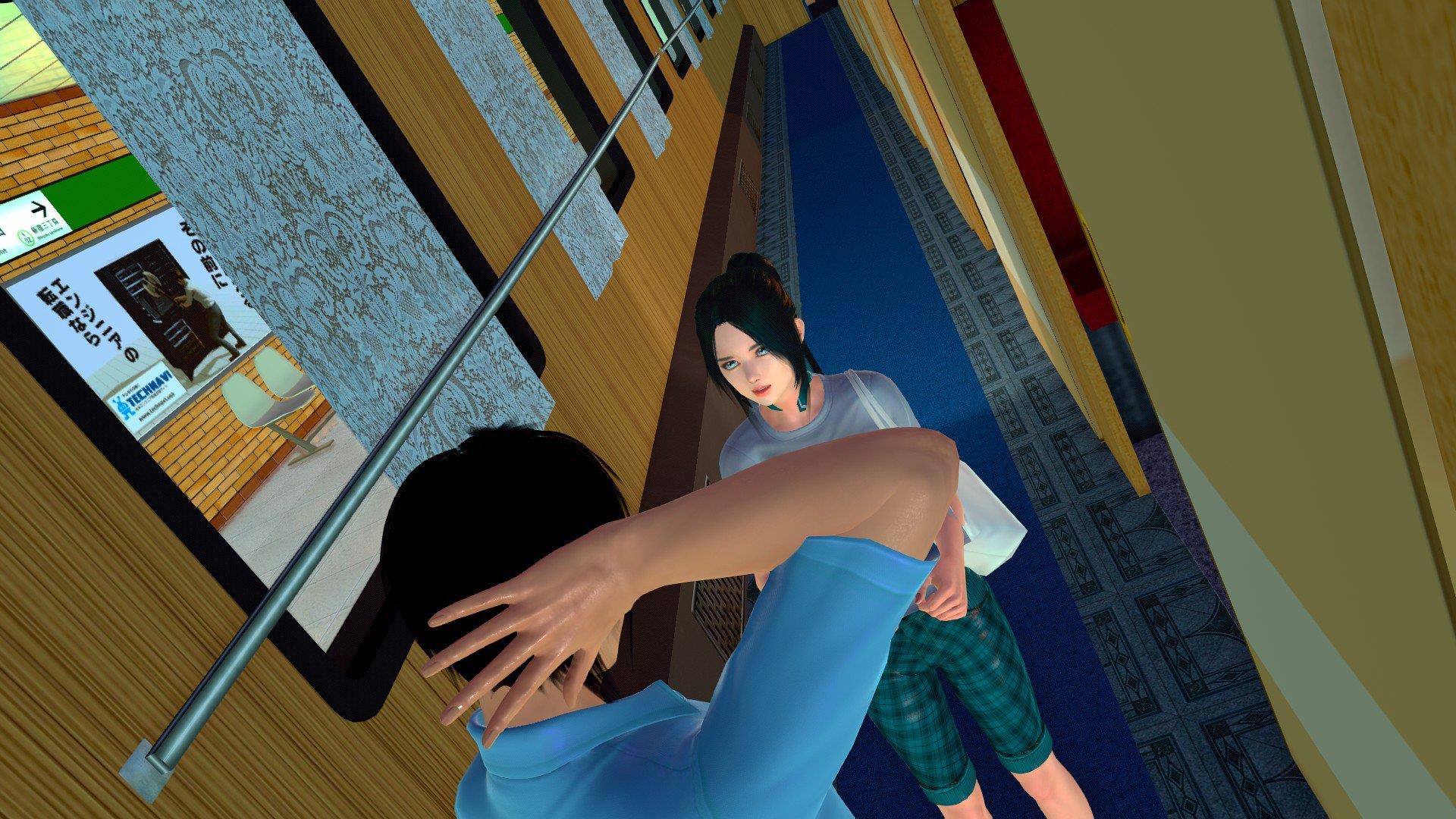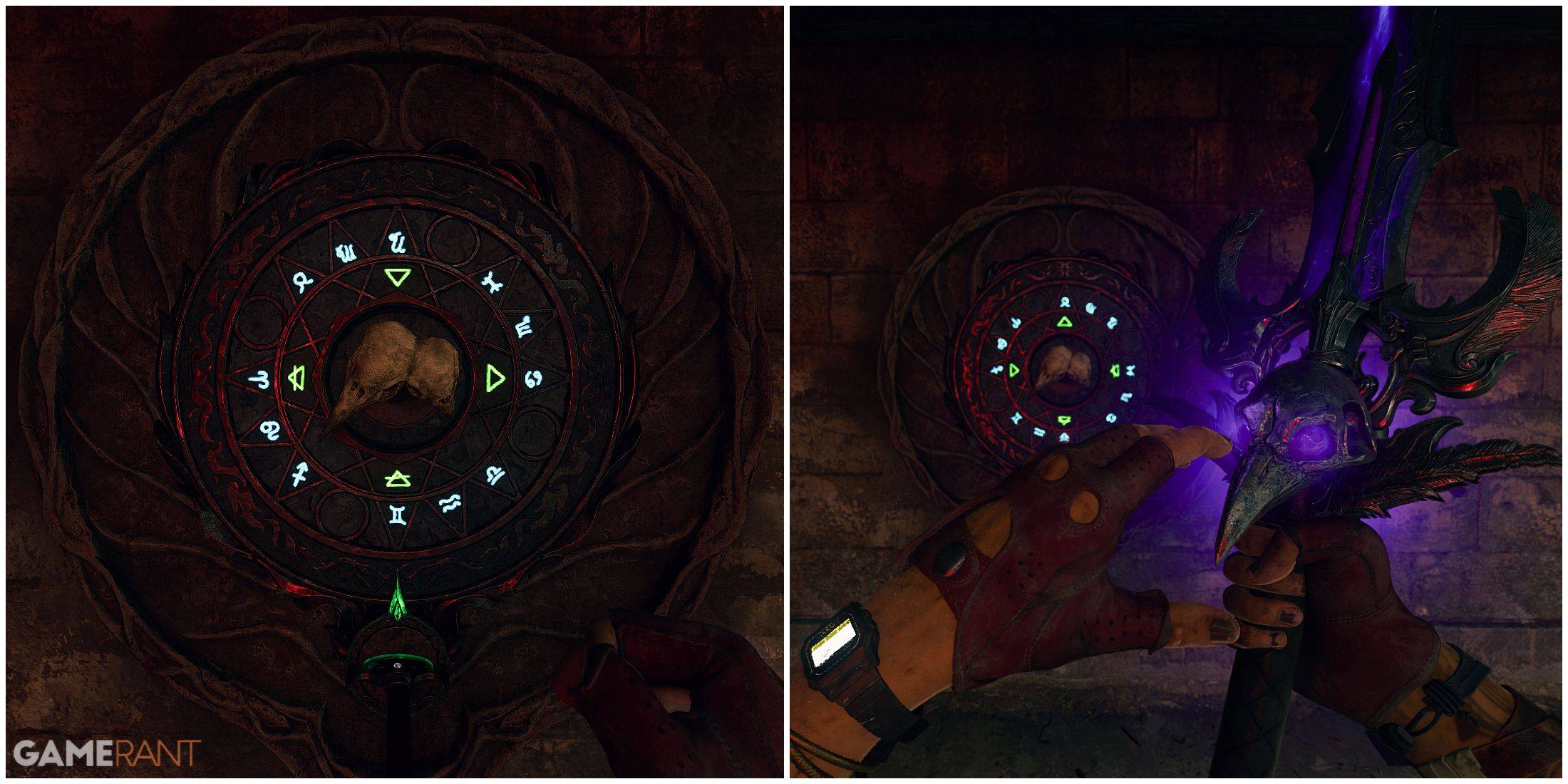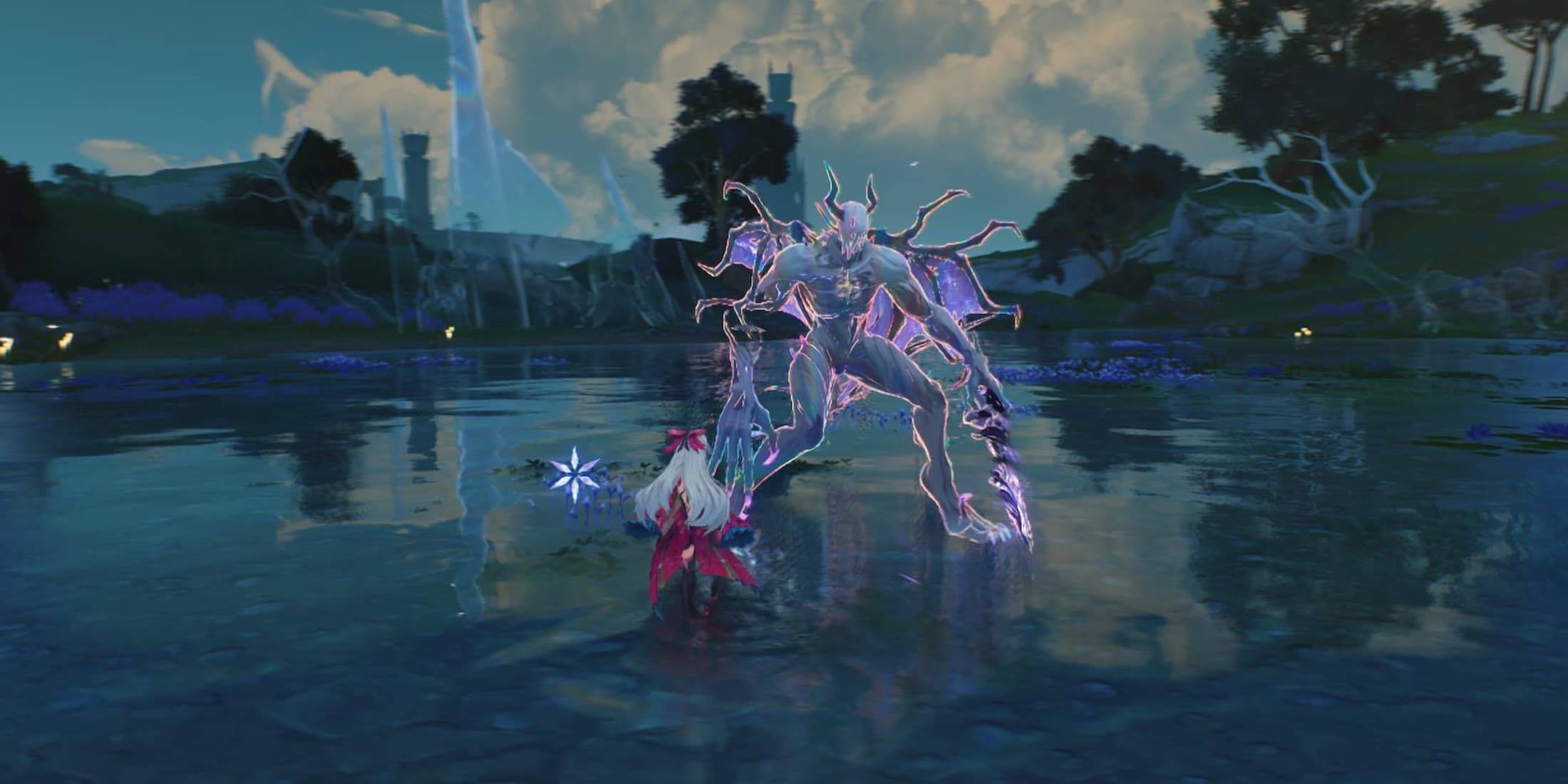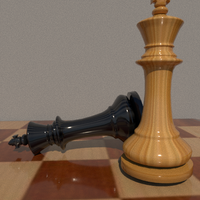"Assassin's Creed: 10 Historical Twists"
Ubisoft's latest venture with the Animus transports players back to Japan's tumultuous Sengoku Period in Assassin's Creed Shadows. This installment features notable historical figures like Fujibayashi Nagato, Akechi Mitsuhide, and Yasuke, the African samurai who served under Oda Nobunaga. As with previous entries in the series, these characters are interwoven into a narrative that blends historical elements with fictional plots of revenge, betrayal, and murder. However, it's worth noting that while the game offers an engaging experience, it's not a substitute for actual history lessons. Ubisoft meticulously researches to craft immersive worlds, but they often alter historical facts to enhance the storytelling.
Assassin's Creed is renowned for its historical fiction, crafting narratives around a secret society's quest for control through ancient, pre-human technology. While the games are grounded in history, they are not bound by it, often taking liberties to fit their grand conspiracy tales. Here are ten notable instances where Assassin's Creed has creatively rewritten history.
The Assassins vs Templars War

The fictional conflict between the Assassins and the Knights Templar is a cornerstone of the series, yet there is no historical evidence to support this rivalry. The Assassins and Templars, established in 1090 AD and 1118 AD respectively, coexisted for about 200 years without documented conflict. Their only shared historical context is the Crusades, which only the first Assassin’s Creed game accurately reflects. The notion of a centuries-long feud is purely a narrative device.
The Borgias and their Superpowered Pope

Assassin's Creed 2 and Brotherhood delve into Ezio's battle against the Borgia family, portraying Cardinal Rodrigo Borgia as the Templar Grand Master who becomes Pope Alexander VI. While the Borgias are historical figures, the Templar connection and their pursuit of the Apple of Eden are fictional. The games' portrayal of the Borgias as Renaissance-era villains is a creative liberty, with Cesare Borgia depicted as a psychopathic leader, a characterization based more on rumor than fact.
Machiavelli, Enemy of the Borgias

In Assassin's Creed 2 and Brotherhood, Niccolò Machiavelli is portrayed as Ezio's ally and leader of the Italian Assassins. Historically, Machiavelli's philosophies on authority conflict with the Assassin's Creed, and he did not view the Borgias as negatively as the game suggests. His diplomatic service under Cesare Borgia and admiration for his leadership contradict the game's narrative.
The Incredible Leonardo da Vinci and his Flying Machine

Assassin's Creed 2's depiction of Leonardo da Vinci as Ezio's friend is well-researched, capturing his charisma. However, the game's timeline of da Vinci's travels diverges from reality to align with Ezio's story. The game also brings to life da Vinci's inventive designs, including a flying machine, which, while inspired by his sketches, have no historical evidence of being built or used.
The Bloody Boston Tea Party

The Boston Tea Party, a non-violent protest during the American Revolution, is dramatically altered in Assassin's Creed 3. The game features Connor, a Mohawk, leading a violent confrontation with British guards during the event, a stark contrast to the peaceful historical record. The game also attributes the organization of the protest to Samuel Adams, whose involvement remains a topic of historical debate.
The Lone Mohawk

Assassin's Creed 3's protagonist, Connor, a Mohawk, fights alongside the Patriots, a historical inaccuracy as the Mohawk tribe allied with the British during the Revolutionary War. While rare cases like Louis Cook, a Mohawk who fought against the British, exist, Connor's allegiance to the Patriots is a creative "what if" scenario that diverges from historical alliances.
The Templar Revolution

Assassin's Creed Unity's portrayal of the French Revolution as a Templar-orchestrated conspiracy is a significant deviation from history. The game suggests the Templars engineered a food crisis and equates the Reign of Terror with the entire revolution, ignoring the complex, multi-year struggle against the monarchy and aristocracy.
The Controversial Killing of King Louis 16

Unity's depiction of the vote on King Louis 16's execution as a close call swayed by a Templar vote is far from the historical reality, where the vote was a clear majority. The game also downplays the reasons behind the widespread resentment against the French aristocracy and King Louis's attempt to flee the country.
Jack the Assassin

Assassin's Creed Syndicate reimagines Jack the Ripper as a rogue Assassin seeking to control the London Brotherhood. This narrative twist on the infamous serial killer, who remains unidentified in history, is a hallmark of the series' approach to filling historical gaps with fictional intrigue.
The Assassination of the Tyrant Julius Caesar

Assassin's Creed Origins' portrayal of Julius Caesar's assassination as a battle against a proto-Templar figure is a significant departure from history. Caesar's reforms aimed to benefit the common people, contrary to the game's depiction of his adversaries fighting for the people. His assassination led to the collapse of the Roman Republic and the rise of the Empire, an outcome at odds with the game's narrative.
The Assassin’s Creed series is celebrated for its rich historical settings and compelling narratives, though it often prioritizes storytelling over historical accuracy. This blend of fact and fiction is part of what makes the series so engaging. What are your favorite examples of Assassin's Creed bending the truth? Let us know in the comments.
Latest Articles




![Taffy Tales [v1.07.3a]](https://imgs.anofc.com/uploads/32/1719554710667e529623764.jpg)


























